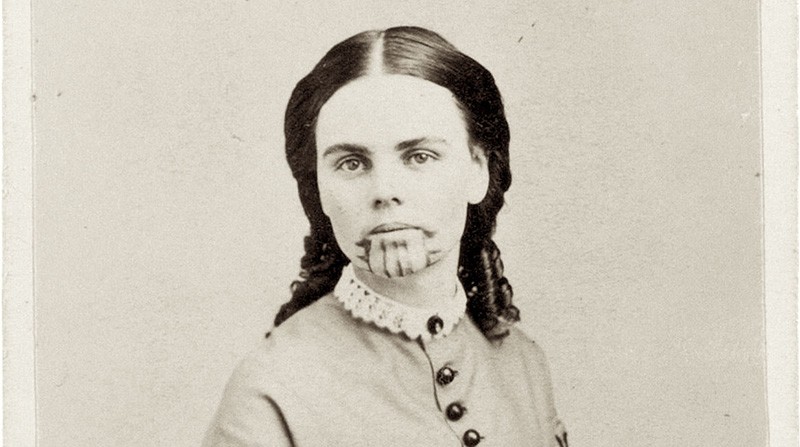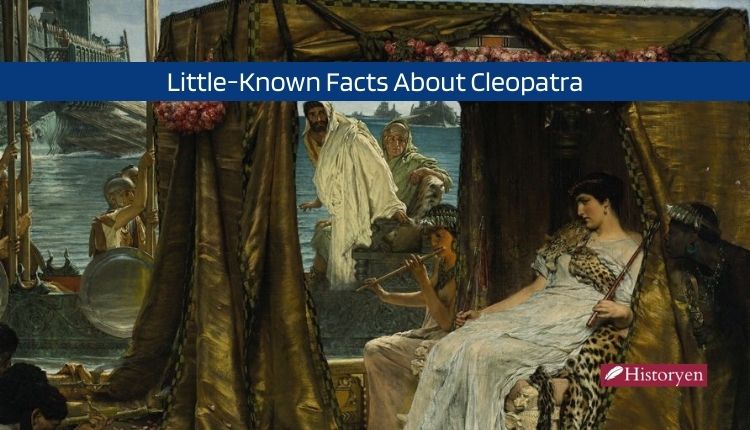Olive Oatman’s story is one of survival, resilience, and fortitude. Born in 1838, Olive Oatman was kidnapped by a Native American tribe in 1851, and she spent the next five years living among them. Her story is both unique and captivating, and it sheds light on the cultural clashes that characterized the Western frontier in the mid-19th century.
Early Life of Olive Oatman and Kidnapping
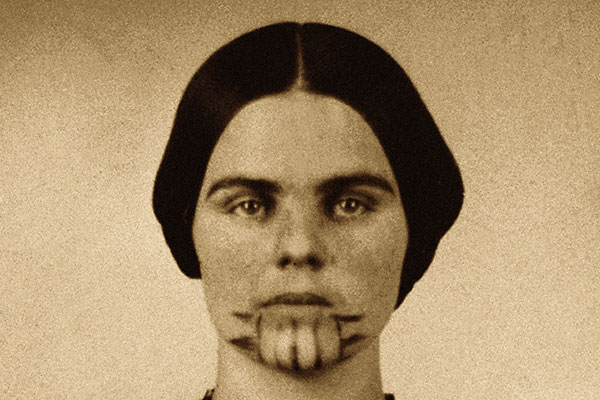
Olive Oatman was born in 1838 in Illinois, the second of seven children. Her family was part of a religious community called the Brewsterites, who believed in living a simple and communal lifestyle. In 1850, the Oatmans, along with a group of fellow Brewsterites, decided to move west to California.
Unfortunately, their journey was not an easy one. Along the way, the Oatmans and their traveling companions were attacked by a band of Yavapai Indians. Olive Oatman and her younger sister Mary Ann were captured, while the rest of their family was killed.
Life Among the Mohave
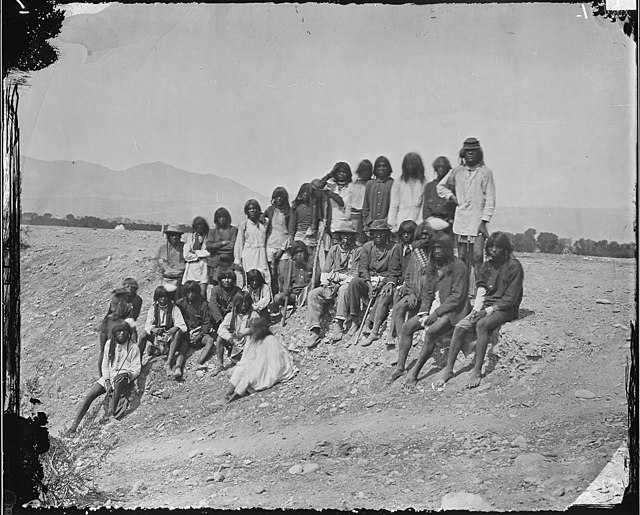
For the next five years, Olive and Mary Ann lived among the Mohave Indians. Initially, they were treated poorly and were forced to do menial labor. However, over time, they were accepted into the tribe and even given tattoos, which were a sign of respect and acceptance.
Olive’s life among the Mohave was not without its challenges, however. She was forced to adapt to a new culture and language, and she witnessed firsthand the clashes between the Mohave and the white settlers who were encroaching on their land. Eventually, however, she was able to bridge the gap between her two worlds and became a respected member of the tribe.
Olive Oatman’s Tattoos: Significance and Meaning
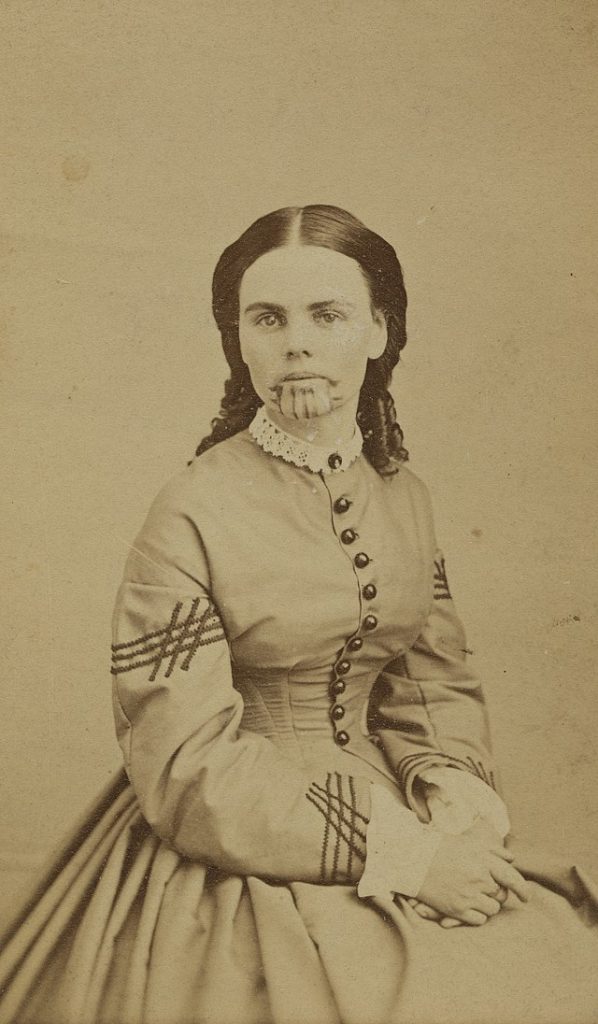
One of the most distinctive aspects of Olive Oatman’s time with the Mohave tribe was the tattoos that she and her sister Mary Ann received. The tattoos were a series of blue lines that were etched onto Olive’s chin and cheeks, and they were a symbol of acceptance and belonging within the Mohave community.
The significance and meaning of the tattoos have been the subject of much speculation over the years. Some have suggested that the tattoos were a sign of mourning for Olive’s family, while others have suggested that they were a way for the Mohave to mark Olive as one of their own.
However, according to Olive’s own account in her book “Life Among the Indians,” the tattoos were given to her and her sister as a sign of respect and acceptance. Olive wrote, “The operation was exceedingly painful…but nevertheless, I bore it with a degree of firmness which astonished the Indians.”
The tattoos were also a symbol of the Mohave’s belief in the afterlife. According to Mohave tradition, the tattoos would ensure that Olive and Mary Ann would be recognized and welcomed by their loved ones in the afterlife.
Today, the tattoos have become a symbol of Olive’s time with the Mohave tribe and of her resilience and adaptability in the face of adversity. They serve as a reminder of the importance of understanding and respecting different cultures and ways of life.
Rescue and Return of Olive Oatman
In 1856, Olive and Mary Ann were rescued by a group of white men who had been sent to negotiate for their release. The two sisters were brought back to civilization, but their return was not without its challenges. They were both traumatized by their experiences, and Olive in particular struggled to adapt to life outside of the Mohave tribe.
Over time, however, Olive was able to heal and move on with her life. She wrote a book (Captivity of the Oatman Girls; Being an Interesting Narrative of Life Among the Apache and Mohave Indians, Etc. Twenty-Fifth Thousand. – Scholar’s Choice Edition Olive Oatman) about her experiences, which became a bestseller, and she became a public speaker, advocating for better treatment of Native Americans and for greater understanding between different cultures.
